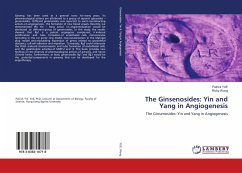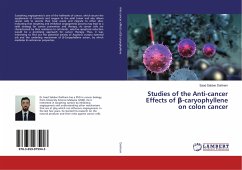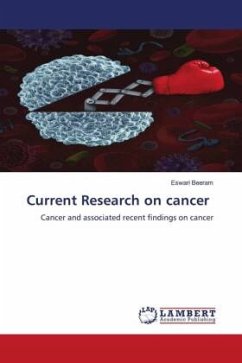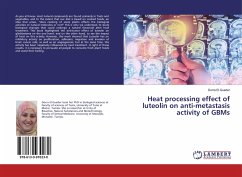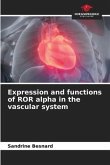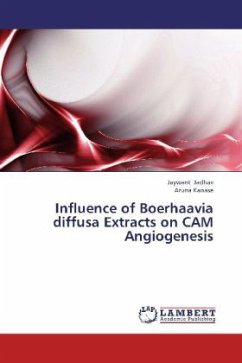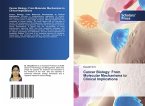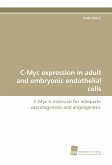Ginseng has been used as a general tonic for many years. Its pharmacological actions are attributed to a group of saponin glycosides - ginsenosides. Different ginsenosides was reported to exert counteracting actions on angiogenesis - the formation of new blood vessels. Recently, we demonstrated the Yin - Yang action on angiomodulation would be attributed to different group of ginsenosides. In this study, the results showed that Rg1 is a potent angiogenic compound; it induced proliferation and tube formation of endothelial cells, microvascular sprouting in the rat aortic ring model, neovascularization in the Matrigel plug model and modulating expression of genes related to cytoskeletal dynamics, cell-cell adhesion and migration. Conversely, Rg3 could attenuate the VEGF- induced chemoinvasion and tube formation of endothelial cells, and the gelatinolytic activities of MMP-2 and -9. This book provides new findings on the diversity of pharmacological actions of ginseng, and hence Chinese herbs. Furthermore, at least, ginsenosides Rg1 and Rg3 would be the potential components in ginseng that can be developed for the angiotherapy.
Bitte wählen Sie Ihr Anliegen aus.
Rechnungen
Retourenschein anfordern
Bestellstatus
Storno

